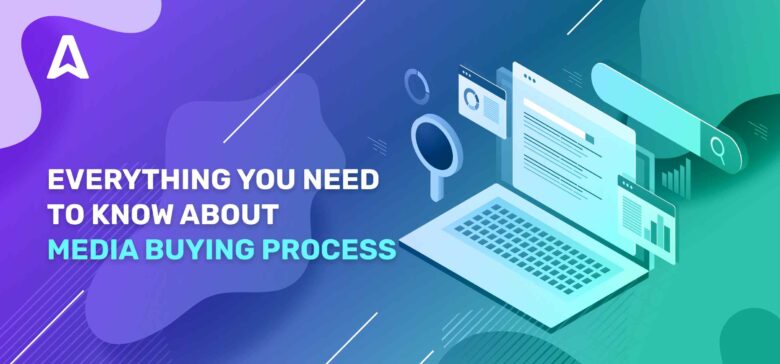Media buying plays a crucial role in digital marketing by helping connect brands with an audience. It is an essential skill for every affiliate marketer to have. But how does it work? What are the channels? What are the types? This Media Buying 101 article will answer these questions and help you understand this topic.
General terms
- Impressions — The number of times people view your advertisement.
- Cost-per-click (CPC) — The amount you pay for each click on your advertisement.
- Cost-per-mille (CPM) — The amount you pay per thousand impressions.
- Ad networks — An intermediary connecting publishers to advertisers.
- Creative – The design and style of an advertisement, e.g., Social Bar or Banner ad.
- Click-through rate (CTR) — The percentage of ad viewers that click on the suggested link.
- Inventory — The amount of space a publisher has for advertisements at a specific time.
- Targeting — The process of serving advertisements to specific audiences.
- Bid — The maximum amount of money an advertiser is willing to pay for an ad slot.
- Optimization — The process of adjusting your advertising campaign settings to achieve better CRs and ROIs.
- Media mix — The distribution of your advertising budget across different channels.
What is media buying?
It refers to the steps you take to acquire advertising slots. It involves buying advertisements and optimizing them to deliver the best results.
Anyone can learn to be a media buyer for different advertising mediums, including websites, radio, television, newspapers, and social media. This article will explain what media buying entails, its types, and how it works.
Media buying vs. media planning
These two roles have some overlap, but there are major differences in how they approach their work:
- The media planner determines how to pass information to an audience via ads, and the buyer is focused on implementing the planner’s vision.
- Media planners conduct market research to understand their target audience and devise how to connect with them. The buyer is more focused on determining the cost-effectiveness of the planner’s strategy and getting a good return on investment (ROI).
- The media planner works mainly with an internal team of marketers. The buyer focuses on negotiating with an external team for advertising slots.
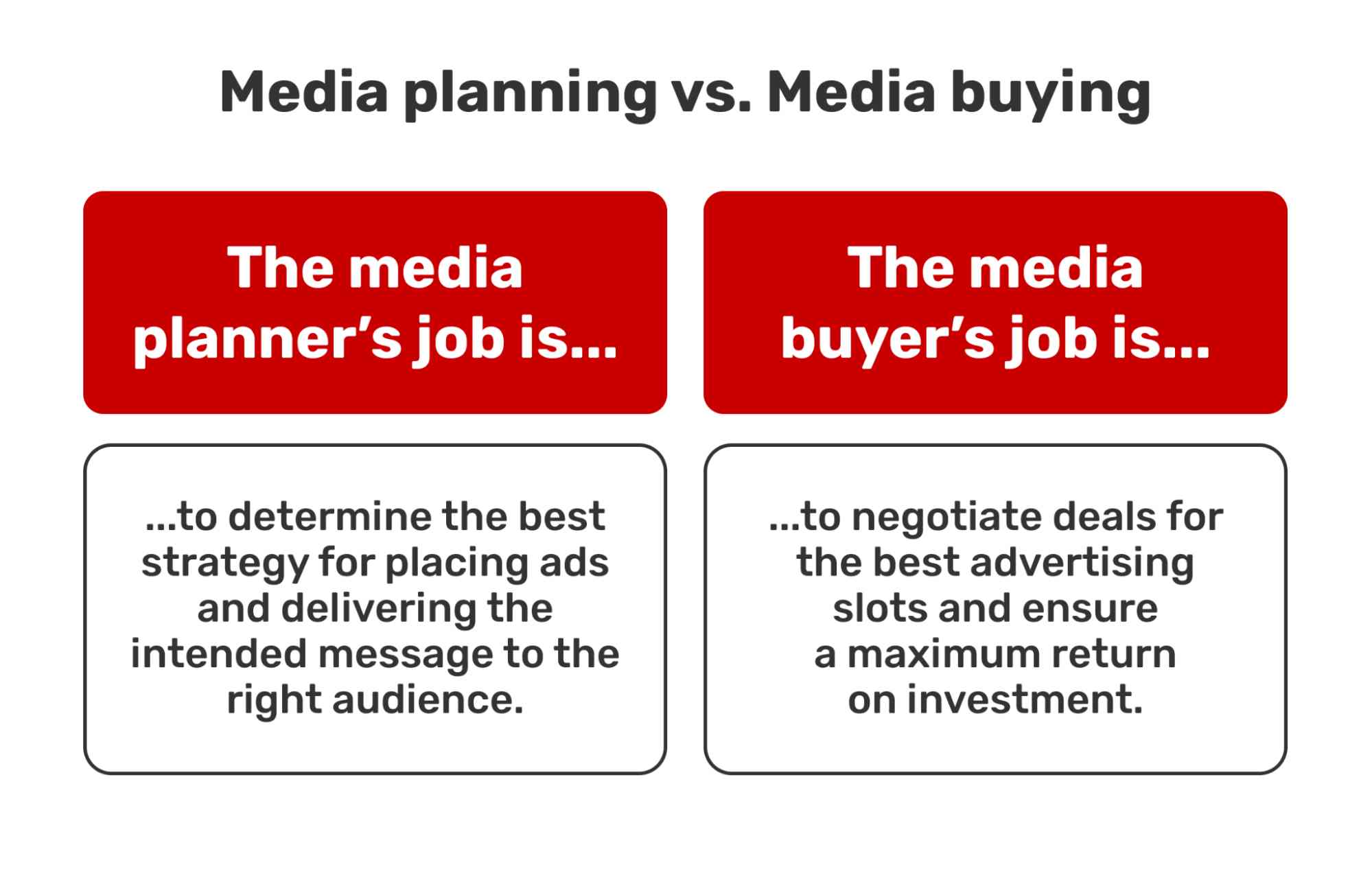
Who does media buying?
Media buying is a set of skills any professional can develop. There are still dedicated media buyers and agencies, but nowadays, affiliate marketers, PPC marketers, and even SMM pros also develop media buying skills.
Types of media buying
Now that you know what media buying is about, the next important thing is knowing its different types. There are endless types of ad buying in both the online and offline world. Digital channels include websites, social media, video sponsorships, etc. The more traditional channels include radio, television, and live events. Let’s examine them below:
Online media buying
There are endless mediums for advertising online. You have likely seen an In-Page Push ad on a website, a shopping ad on a social media page, or a video ad on YouTube. You also have probably encountered an ad after typing a search query on Google or Bing. These are common online advertising mediums where affiliate marketers and brands can connect with a relevant audience.
Adsterra lets you target ads according to country, language, operating system, type of device, and many more filters. Try budget-friendly media buying.
Television
Remember that time you were watching your favorite TV show and had to watch a 30-second commercial? What you encountered was the media buying process for television.

Advertising is very common on television channels, as it’s how the owners make money to maintain their channels and license more content for viewers. However, TV ads are witnessing slow growth: according to Statista, the global market is predicted to reach $174 billion by 2024, compared to $171 billion as of 2022.
Radio
Over 3 billion people listen to the radio worldwide. This figure includes both people who use traditional radios and those who tune into online radio channels. We also now have live or recorded podcasts that resemble traditional radio. One thing common with all of them is advertising. You’ll likely hear ads between breaks, demonstrating the radio ad-buying process.
Live Events
During live events like musical concerts, you may see a large LED screen displaying ads between performances. Brands pay top dollar to book these ad slots and showcase themselves to a large audience. You can also see billboards, flyers, tour buses, etc., with advertisements at live events. Wherever humans congregate, there’ll likely be advertisements, so live events are not left out of the buying process.
How does media buying work?
It takes many steps to plan and deploy advertisements successfully. You first have to define your campaign goals and identify the audience it’s meant for. You also have to conduct market research to understand the audience better and choose the best campaign channels to reach them. Then comes planning the strategy, buying ads, and optimizing it for good results.
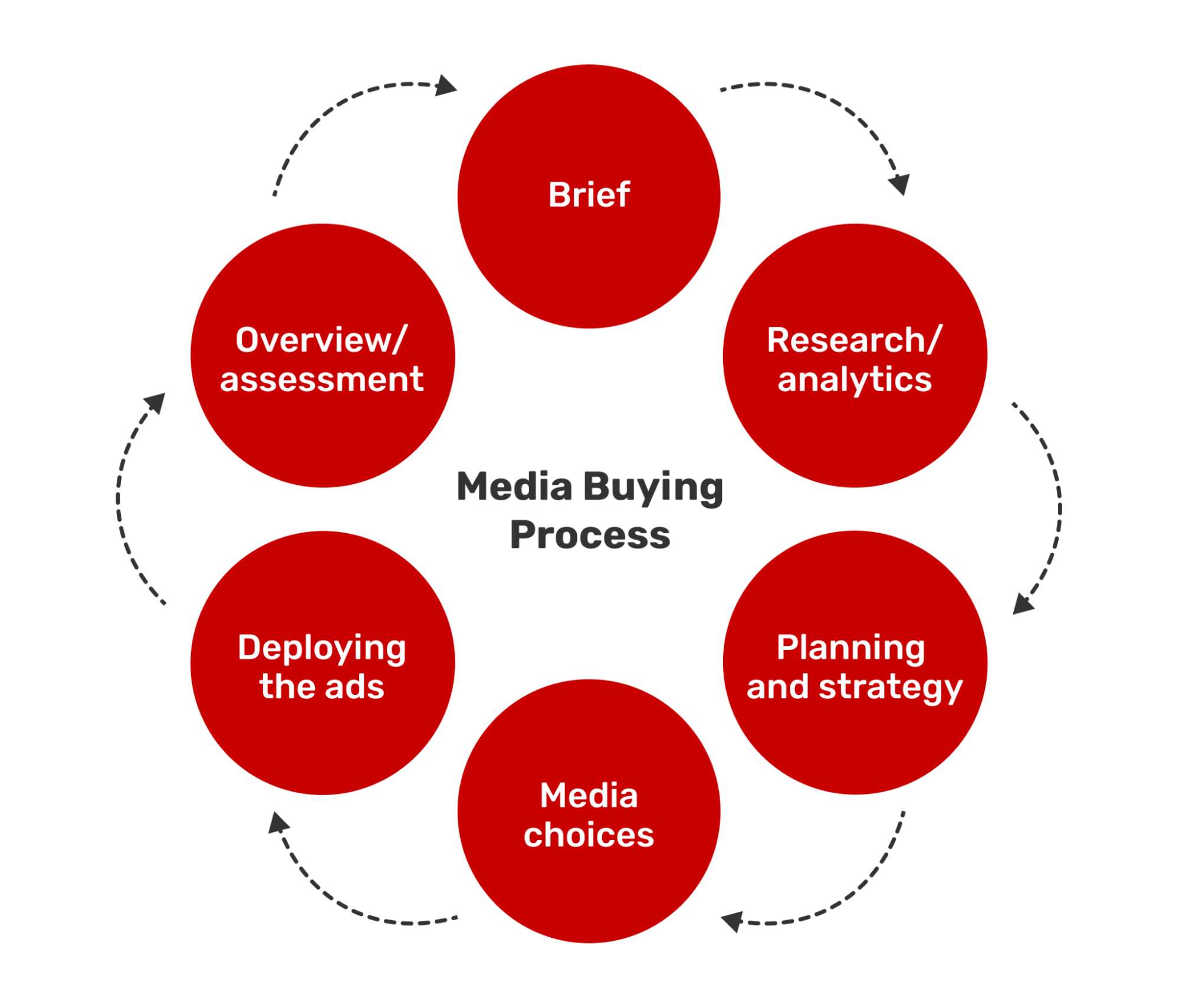
Let’s examine it step-by-step.
1. Defining your goals
There are endless opinions about which advertising channel will deliver the best results. But, you have to streamline your target and focus on a few channels. You do this by defining your core business goals and what you want to achieve from the ads. Is it more sales, new signups, or new leads? What exact metrics are you targeting?
Your goals will fall under these categories:
- Awareness: When the objective is to spread the word about your brand.
- Conversion: The goal is to generate new leads, signups, or purchases.
- Branding: To ensure that customers remain engaged with your brand and become repeat buyers.
2. Identifying the target audience
After setting your campaign goals, you have to identify the specific target audience for your campaign. Who exactly are you trying to reach? Is it millennials, or is it the older generation? Is it high school kids or college students? Maybe it’s the fans of a particular sport like football or basketball. There are endless possibilities for a target audience.
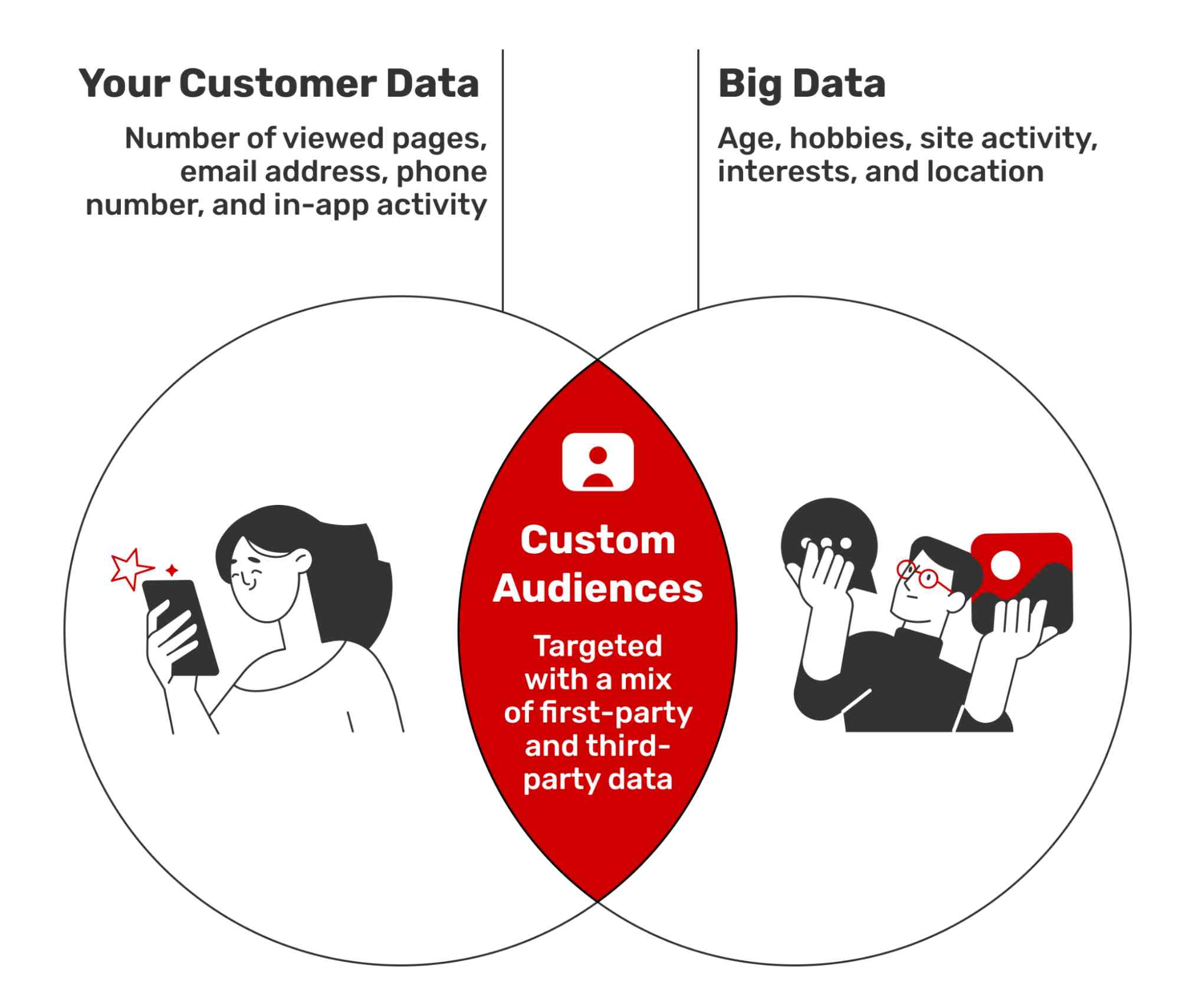
Note that different demographics are best suited for different categories of products. For example, if you’re selling hip clothing and fashion accessories, millennials should be your ideal target and not folks above 50 years old.
3. Conducting market research
After identifying your target audience, you need to research to understand them better. Don’t make assumptions about any demographic because you’ll likely see wrong results. Research extensively to know which mediums are best for connecting with your target audience.
What websites does your target audience visit most? What time do they browse the internet/watch TV/listen to the radio? When are they indoors or outdoors? The aim is to have a data-driven marketing strategy and figure out the right spots to place your ads.
4. Select a campaign type and channel
After defining your goals, identifying your target audience, and conducting extensive market research, you have come a long way. You now have to select the campaign channels where you want to connect with your intended audience.
The most popular campaign channels include search ads, display ad networks, social media, direct traffic, and programmatic advertising. Each one has its unique features, which we’ll expand on below.
Search ads
This channel involves showing ads to users based on their search queries. It’s very effective because the user has already demonstrated intent by searching for keywords related to your ad. For example, if you’re selling smartphones, you can bid to place your ads on search queries like “phones,” “smartphones,” “mobile phones,” and “mobile devices.”

When someone searches for one of these queries and sees your ad, they may be drawn to click on it. Search ads are very competitive because you’ll bid for advertising slots in real time alongside other media buyers.
Display ads or advertising networks
Display advertising is common on websites, most likely as a banner or browser push ad with a link that leads the user to the advertiser’s web page. Advertising networks aggregate ad slots from various publishers and match them with advertiser demand. So, you can easily sign up on a network and deploy your ads across different websites.
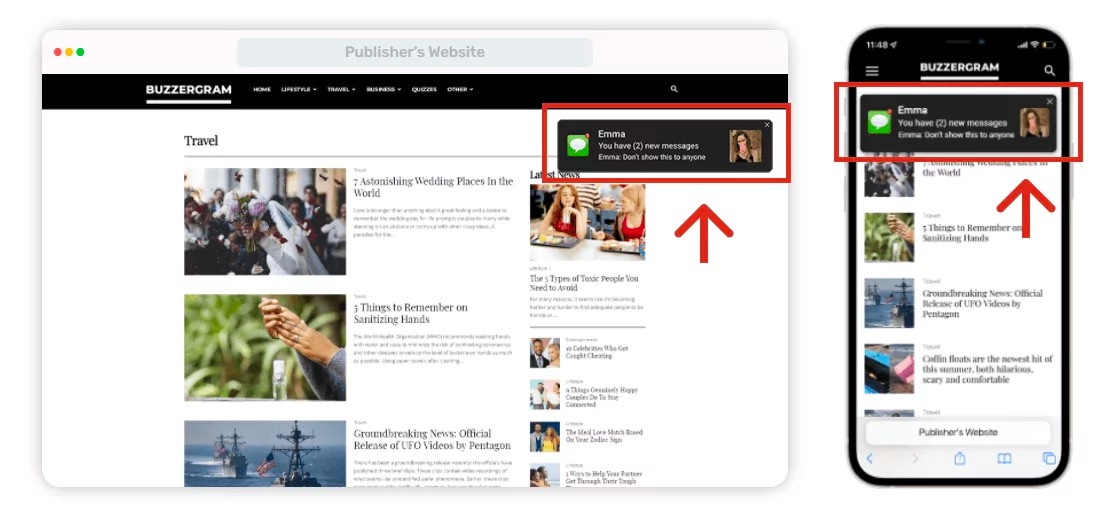
You can pay for display ads in several ways, including cost-per-click (CPC), cost-per-action (CPA), and cost-per-mille (CPM). If your goal is generating views, then picking the CPM option is advisable. CPA or CPC is the better option if you want to get conversions.
Adsterra gives advertisers access over to 35,000 direct publishers generating more than 35 billion monthly ad impressions. We support multiple ad formats, including Social Bar and Popunders.
Programmatic media buying
Programmatic advertising implies using automated technology to acquire ad slots instead of doing that manually. You sign up on the demand-side platform (DSP) to bid for ads on the supply-side platform (SSP). Algorithms determine the optimal time to show your ads for the best results. This type of advertising is cost-effective and can help maximize your return on investment (ROI).
RTB (Real Time Bidding) is also a popular programmatic media buying type. It is an auction-based media buying strategy used by media buyers and publishers for buying and selling ad space instantaneously in real-time. Adsterra’s RTB Platform supports automated buying of ad impressions in real-time auctions.
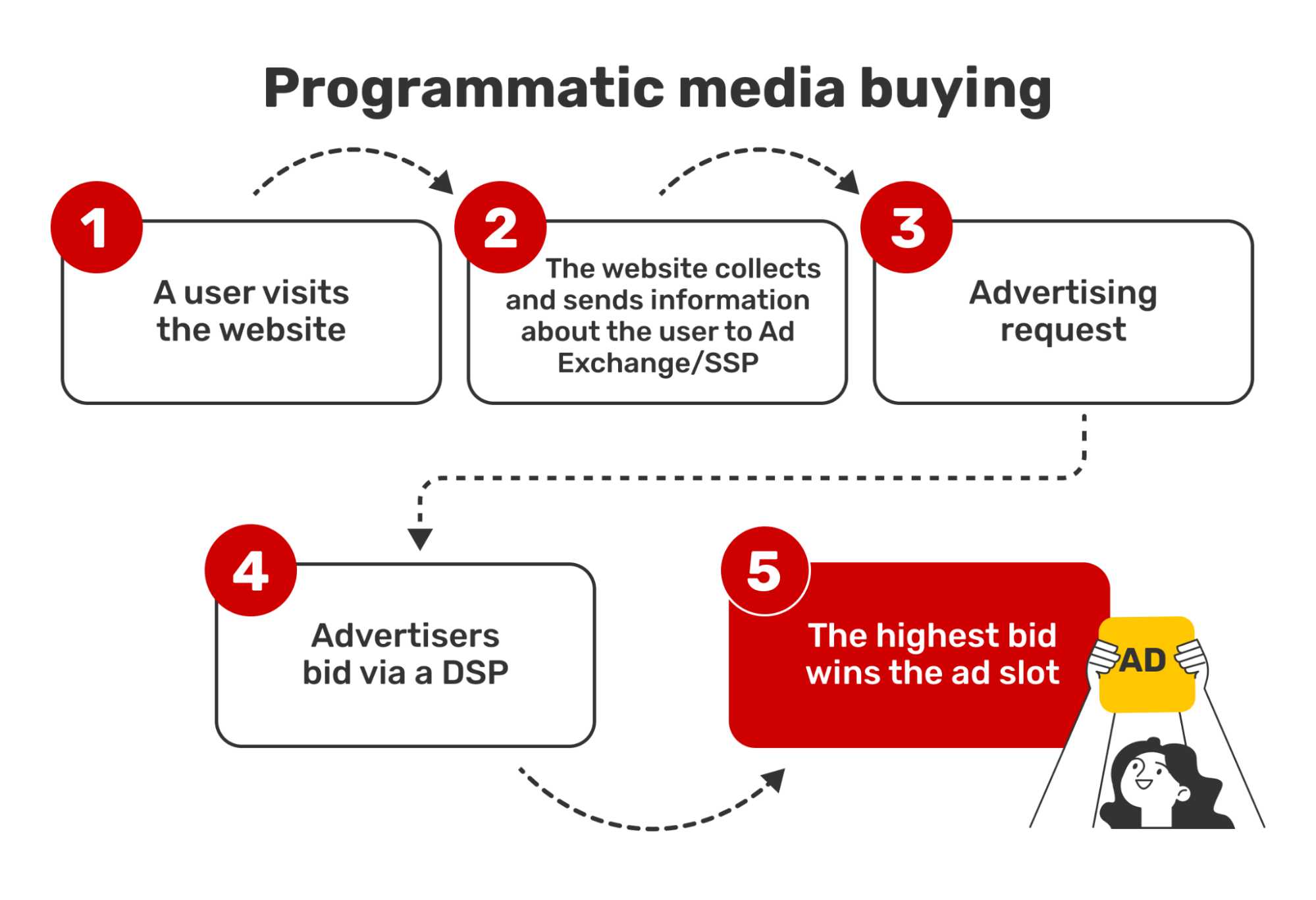
Social media
There are various social media platforms with billions of users globally. Well-known ones include TikTok, Facebook, Instagram, and Reddit. They allow advertisers to deploy ads and connect with users. A benefit of social media advertising is that you can use visually-appealing formats to draw user attention. You can also target your ads according to demographics, location, interests, purchase habits, etc.

5. Planning the campaign strategy
With all your objectives ready, it’s time to strategize how to deploy your campaign. The primary thing to consider here is your budget. How much are you willing to spend on ads? If you’re advertising on multiple channels, what’s the budget distribution between them?
It’s essential to draw up a formal budget and stick to it. The good thing about online advertising is that it supports smaller budgets, unlike radio, TV, and live events, which are usually expensive and out of reach for small businesses.
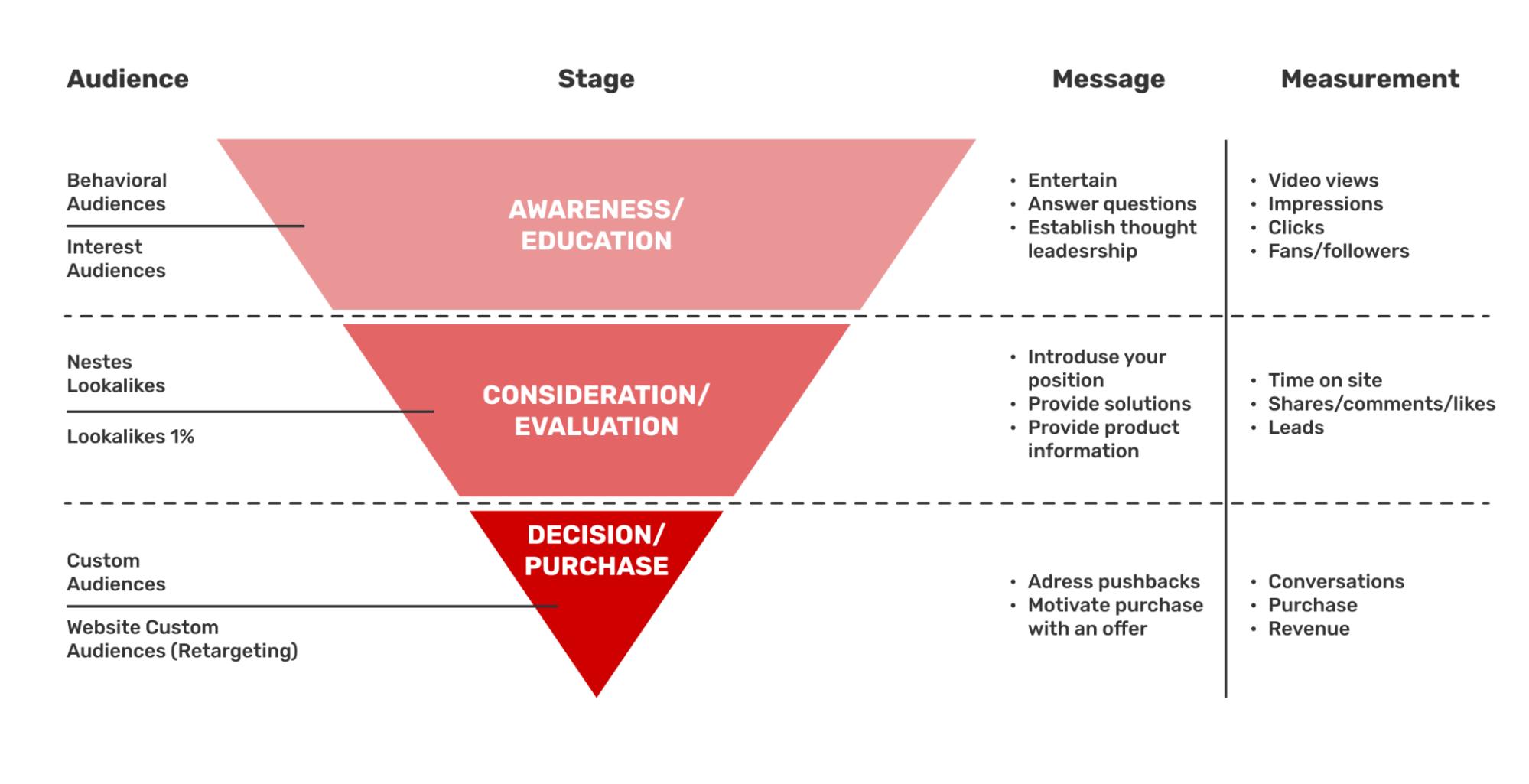
Coming up with a suitable online media buying strategy will enable you to reach your target audience effectively and efficiently.
Adsterra’s global advertising network furnishes 15,000 advertisers with powerful campaign pricing tools such as CPM, CPC, and CPA, boosting their campaign results with traffic from 248 GEOs targeted across all devices.
6. Purchasing ad placements
At this point, you can start purchasing your ad placements across different advertising channels. Most digital advertising platforms have self-serve options, so you don’t even need to contact a human representative before placing ads. You can simply sign up on the platform, provide payment details, and start bidding for ad slots.
7. Launch the campaign
Once you have purchased the required ad slots, you can launch the campaign and sit back in your chair. But, no, it doesn’t stop there…
8. Measuring results
You can’t just deploy a campaign and call it a day. You have to constantly monitor it and ensure it gives the intended results. If not, it’s a signal to make adjustments and check for progress. Important metrics to monitor include your conversion rate, click-through rate, cost per lead, number of page views, etc.
Ensure you understand your target audience and create the type of advertising content they want. Run A/B tests to see what works and what doesn’t. The case study below is a good example of ad optimization delivering successful results.
Conclusion
This article has introduced you to media buying, its types, and how it works. At this point, you should understand the steps required to plan a campaign and buy ads successfully.
Online advertising is the fastest-growing segment of media buying. If you’re shopping for an advertising network to draw attention toward your brand, we recommend Adsterra because it opens new markets and offers a very beneficial user acquisition cost. We provide definitive guides to targeting, bidding, and cost optimization for our partners, as well as competent support for all advertisers.
FAQ
The first is that data-driven strategies are better than applying gut instinct; research and analytics should guide your decisions. The second is to have a clear goal in mind and strive towards it. The third is that you must monitor your campaign to ensure it’s giving the intended results and make adjustments if not.
The four primary ad buying methods are online, television, radio, and live events. Each has its pros and cons and the demographics you’re most likely to reach through them. None is better than the other: it depends on your campaign goals. But, note that online advertising is the fastest-growing method among the four.
It’s better to learn the specifics of each platform you’re going to buy traffic on. Google and Adsterra, for instance, have introductory educational courses for those who want to make a profit with their platforms.
They need research skills to find correct information about their audience and understand them better. They also need communication skills to collaborate with other advertising team members to deliver a successful campaign. Likewise, they need analytical skills to measure and optimize their campaigns’ effectiveness.
A good buying brief should contain detailed information about the advertising campaign, its goals, and the steps needed to achieve them. It should clearly state the objectives, target audience, budget, potential challenges and how to avoid them. The goal is to write a brief that anyone can easily understand.
Affiliate marketers create engaging content to drive traffic for their affiliate links, while media buyers focus on buying the advertising space to get that needed traffic. The affiliate marketer is the planner, while the buyer executes their plan. However, one person can take up both roles if they wish.
